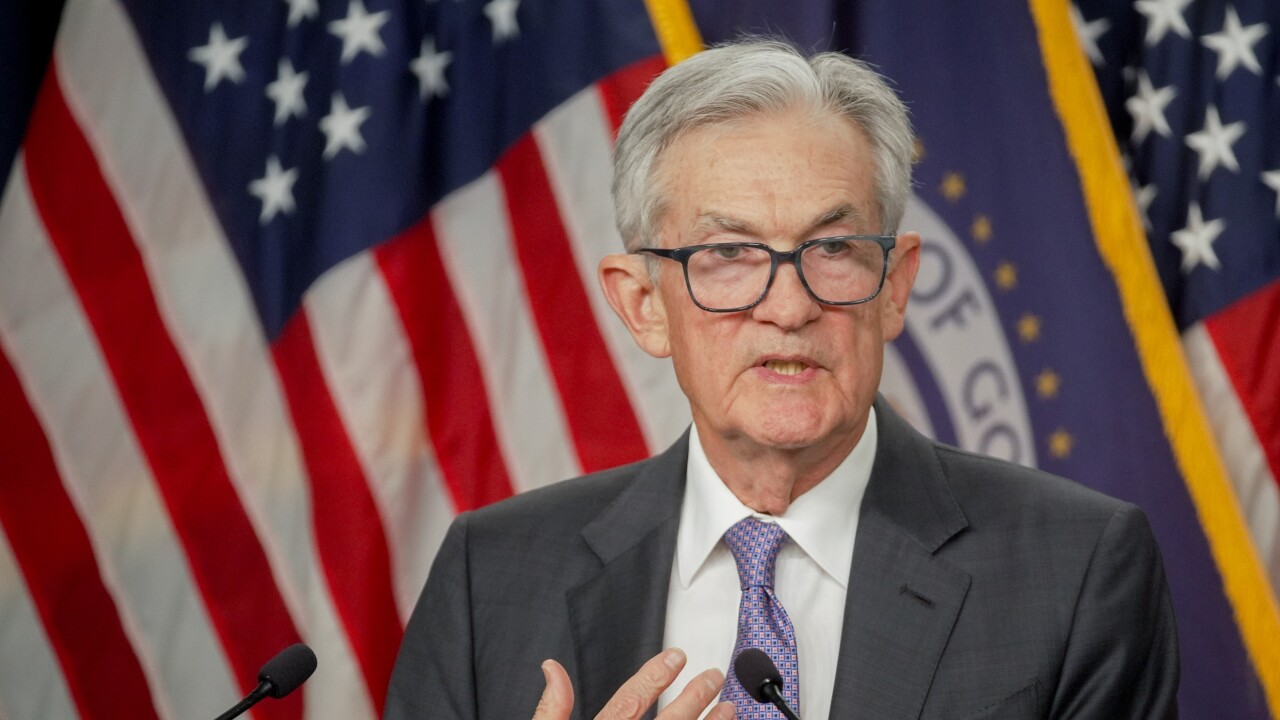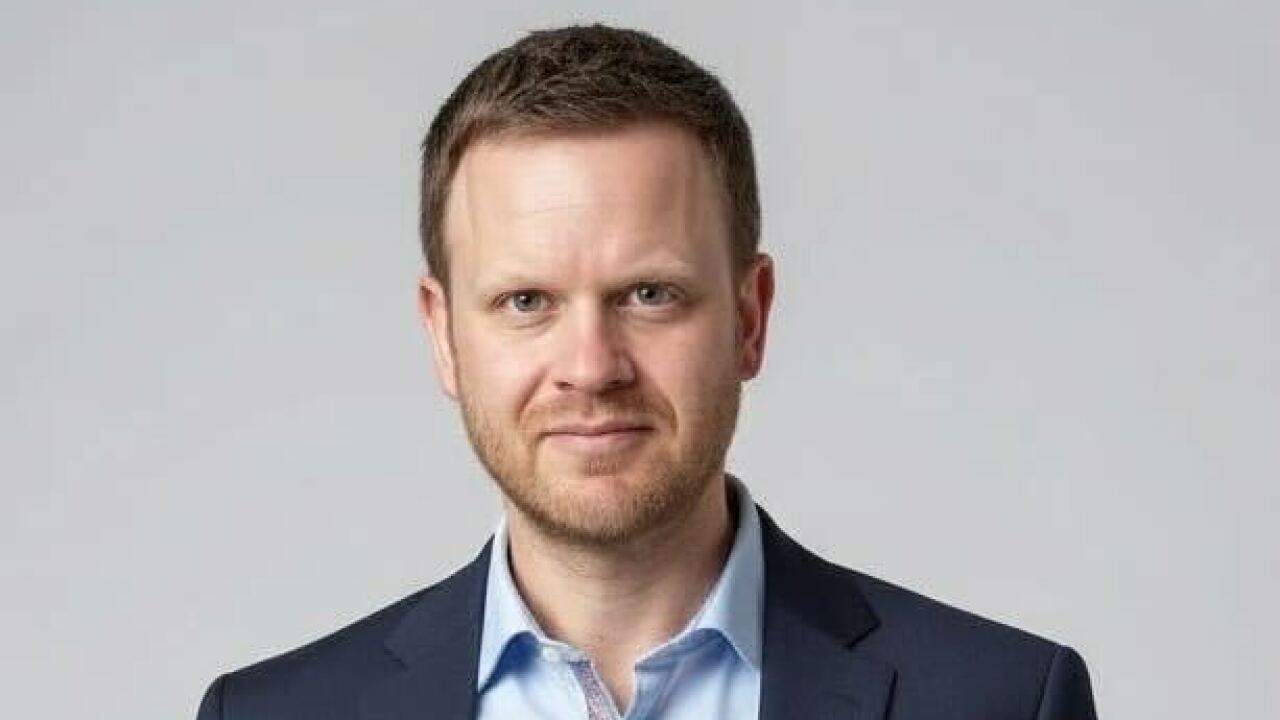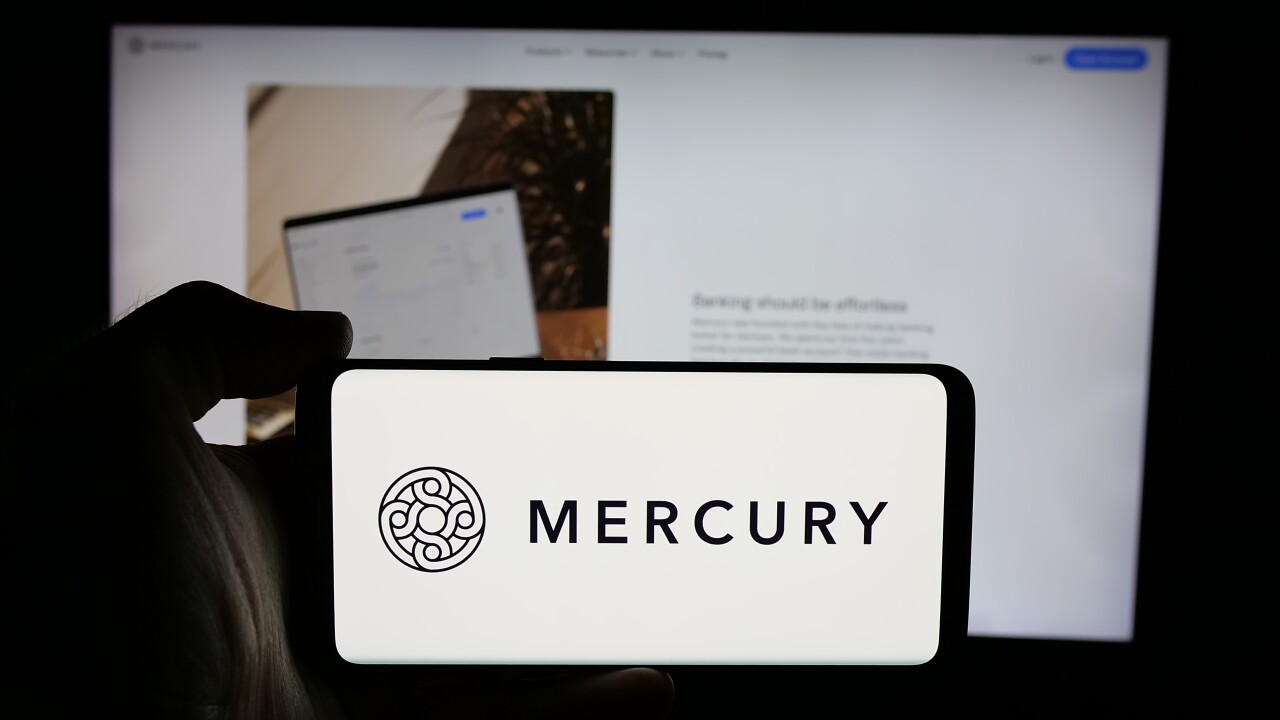-
How banks are using online and classroom courses to teach young commercial lenders to stay on top of regulatory and market changes.
September 25 -
More banks are considering switching to a universal banker model, where selling products and services becomes more important. The transition requires patience, planning and training.
September 4 -
People and processes are just as essential as technology as banks strive to save on costs in newer store models, say branch-makeover specialists.
October 9 -
Community Banker University will provide courses on topics ranging from wealth management and call reports to information technology and compliance. The platform will use a variety of channels such as in-person training and webinars.
April 1

Banks transitioning to a universal banker model often learn that such a switch takes time.
Community banks are looking for ways to reinvent branches as foot traffic continues to decline. A solution has been to replace traditional teller and customer service representatives with a
But it can take months for a bank to provide employees with the
"Banks usually fall short in the training category," said Tim Scholten, founder of consulting firm Visible Progress. Smaller banks are often "at a distinct disadvantage" because they frequently have to offer on-the-job training rather than a formal training process.
A majority of small bank and credit union executives said that branch employees need more knowledge and skills compared to two years ago, according to a survey by BVS Performance Solutions, which provides training to financial institutions. While a universal banker model would help address the problem, 71% of the survey's participants said the training process would take a year or longer
"Banks are having to put more responsibilities on one person," said Roy Karon, president of BVS Performance Solutions. "That's something you can't learn in a day any more than an airline pilot can learn how to fly a jet in three weeks. It's a common problem of banks not allowing their staff members to have enough time for learning."
Smaller banks often struggle because they have fewer resources and may be challenged to give employees time off to complete their training, Scholten said. Online courses can teach the basics for becoming a universal banker, but banks still need to develop content that is specific to their policies and procedures, he said.
Flexible training can allow employees to work at their own pace, industry observers said. More experienced bankers or existing employees may need less help than those who are new to the industry, or recent hires.
Texas First Bank in Texas City has a robust training program for its universal bankers, allowing new hires that are veteran bankers to progress faster, said Kimberly Edwards, the bank's training coordinator.
The $916 million-asset unit of Texas Independent Bancshares breaks the universal banker role down into different components, such as teaching teller responsibilities first, before moving on to other skills. It can take months for someone to complete the training, which does include time for on-the-job practice, but the effort is worth it, Edwards said.
"There's a satisfaction with being able to assist a customer with financial needs," Edwards said. "You can help customers identify their dreams and help them achieve those dreams. Every time we see that happen it is very rewarding."
The American Bankers Association
If handled properly, a customer should not feel as though they are being sold another product. Rather, it should "become a conversation," Edrington said.
Edrington, who recently visited a bank in Washington, D.C., that had implemented a universal banker model, found that his experience was "like having a really nice discussion" with the branch employee.
"Universal bankers are a really critical role," Edrington said. "It's an opportunity to engage the customer."
Banks should track cross-sell ratios, while breaking them down by new and existing clients, said Lynn David, chief executive of Community Bank Consulting Services.
Employees who take loan applications should act as though the prospect already has an account with the bank, asking the applicant which account they would prefer to use for debiting payments.
The banker then has an opportunity to market bank products in instances where the applicant doesn't have an existing account, David said. "Cross selling can be done tactfully," he said.
Texas First is working to expand the duties of its universal bankers to include non-real estate secured consumer lending, Edwards said. As the bank has transitioned to the universal banker approach, it has tried to emphasize the benefits of the model to its employees.
"My biggest piece of advice is to communicate the why, when, how... to the person you are asking to make the change," Edwards said. "You have to advocate and be a change agent and motivate them to know why we are doing this."





